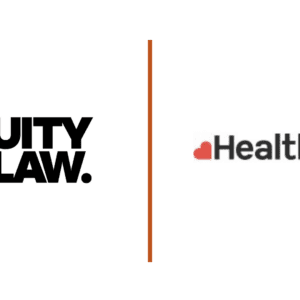Fearn & Others v The Board of Trustees of The Tate Modern Art Gallery 2023
Key Contact: Jennifer Butcher
Author: Rachel McCulloch
The Supreme Court has recently handed down judgment in Fearn and others v The Board of Trustees of the Tate Modern Art Gallery [2023] finding, by majority, in favour of the tenants, that the Tate Modern viewing platform amounts to a nuisance.
Background
In 2016, the Tate Modern Art Gallery opened an extension called the Blavatnik Building, which is ten stories tall and has a viewing platform at the top, offering 360-degree panoramic views of London. The flats opposite the extension have floor-to-ceiling windows, and the many viewing platform visitors could see directly into the flats, sometimes taking photos of inside the flats and its residents, and posting them on social media.
In 2017, the tenants occupying the flats opposite the extension, brought a nuisance claim, claiming that the use of sections of the viewing platform unreasonably interfered with their enjoyment of the flats. The High Court found in favour of the Tate Modern and held there was no actionable nuisance. It found the flat’s design caused the nuisance, and the tenants could take measures to prevent it, such as by installing net curtains or reflective film.
The tenants appealed. The Court of Appeal disagreed with the High Court’s reasoning but still dismissed the appeal. The Court of Appeal found it difficult to determine when “overlooking” was legal or not, and where to draw a line between the viewing platform, and general neighbourhood properties overlooking each other. It also felt the law of nuisance was not there to protect against infringements of personal privacy. The Claimants appealed further to the Supreme Court.
Supreme Court’s Decision
By majority of 3-2, the Supreme Court found that “this is a straightforward case of nuisance”. It established that being overlooked by the visitors was a constant visual intrusion that amounted to a “substantial interference” of the tenants’ ordinary use and enjoyment of their properties, comparing it to being “on display in a zoo”. The Supreme Court found the lower courts had made three errors in law, which are as follows.
1. Common and ordinary use: Despite the properties in question being in a built-up tourist area, the Supreme Court found that Tate Modern’s use of its property was not a common and ordinary use of the land. Inviting the public to look out from a viewing platform is “manifestly a very particular and exceptional use of the land”. The viewing platform was so abnormal that its use amounted to a nuisance.
2. Design and construction of the flats: Whilst the tenants did choose to live in flats with floor-to-ceiling windows, it was not an answer to the claim of nuisance to say that the design or construction of the flats themselves caused the nuisance. It was the Tate Modern’s abnormal use of the land which caused the nuisance.
3. Placing blame on the victim: The Supreme Court noted “the claimants cannot be obliged to live behind net curtains”. It is wrong to suggest that the tenants should have taken measures to avoid visitors from looking into their flats, such as by putting up blinds or net curtains. This wrongly places the burden on the victims to avoid the consequences of the abnormal use of land.
Whilst finding in favour of the tenants, the Supreme Court did not make a decision on the appropriate remedy. The matter has been referred back to the High Court to decide what remedies would be appropriate, such as damages and/or an injunction. The parties themselves may even come to a settlement, which may allow part of the viewing platform to remain open.
What impact will this have?
The Supreme Court’s decision, in this case, was surprising because they found that the visual intrusion amounted to a nuisance. This case will be of particular importance to property owners and developers who will now need to ensure they are not creating a visual intrusion when considering developments, which may affect future designs.
However, the Supreme Court made it clear the nuisance must be a “substantial interference”, and therefore this case is unlikely to open the floodgates to similar nuisance claims. The specifics of this case are unique, and comparison should be made with use of properties in a ‘usual way’, which would unlikely be a substantial nuisance.
Getting in contact with Acuity
If you feel you have a potential nuisance dispute, or if you wish to discuss the points raised in this article, please contact our Property Litigation Team and we will be happy to help.






